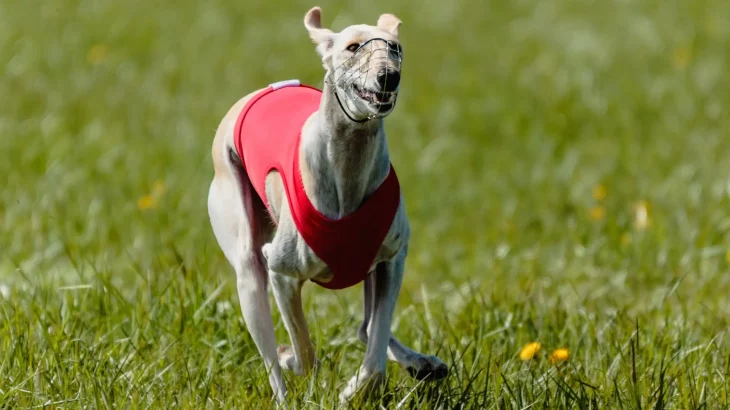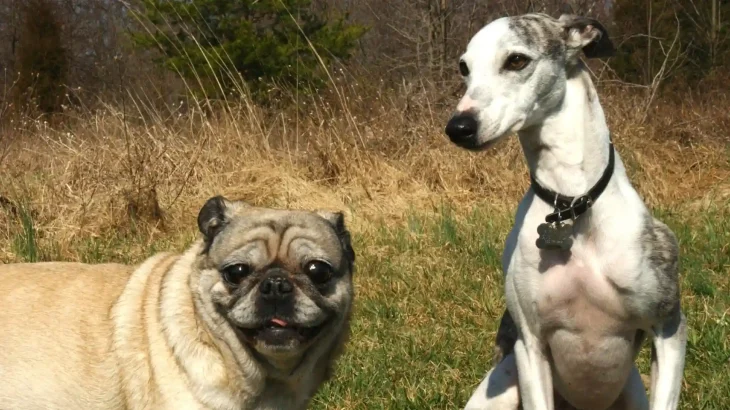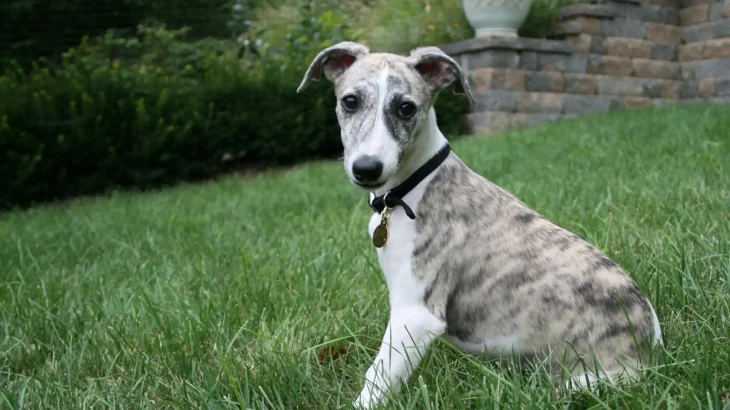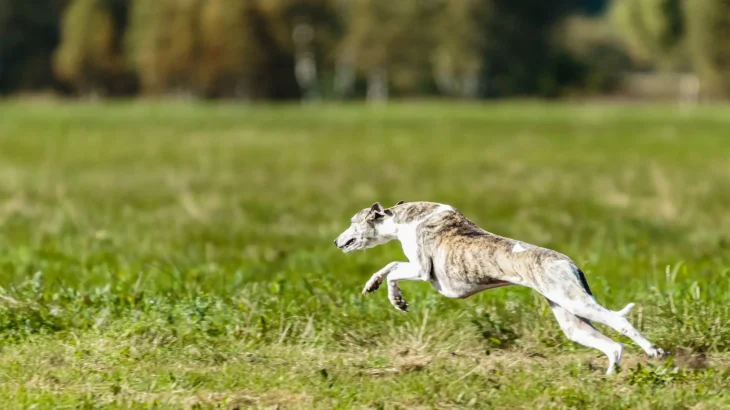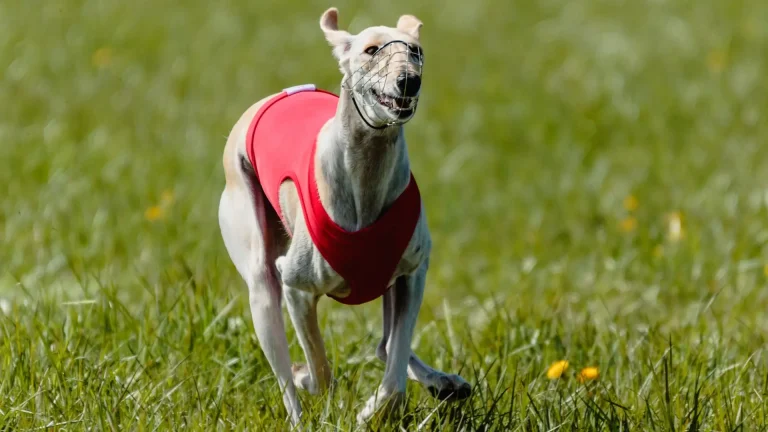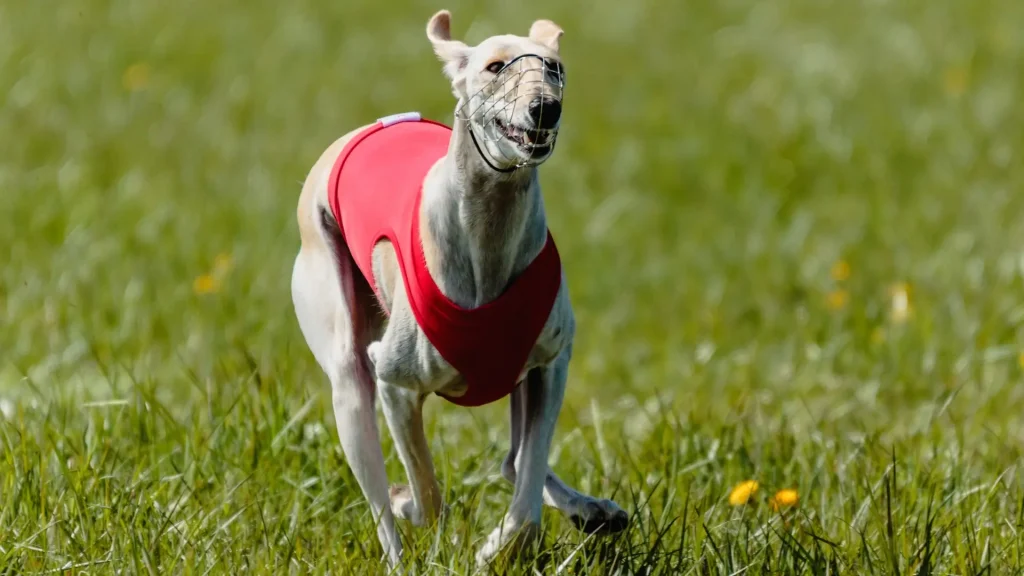For a beloved Longhaired Whippet, pet insurance is a smart step to protect both their health and your finances. It helps cover costly vet bills from accidents or illnesses, letting you focus on your dog's care rather than expenses. Though it may not cover everything, a good plan eases financial stress and ensures your Whippet gets the treatment needed without compromise.
Understanding Pet Health and Surgical Coverage
Pet insurance typically covers veterinary costs for accidents and illnesses. Plans range from accident-only coverage, which handles injuries like fractures, to broader accident and illness policies that also cover diseases such as cancer or arthritis. These usually include diagnostic tests, medications, and surgeries. For an active Longhaired Whippet, this coverage is valuable for unexpected injuries requiring surgery.
The Importance of Liability Coverage for Pet Owners
Liability coverage is different: it protects you if your dog injures someone or damages property. This is sometimes part of homeowners or renters insurance or can be purchased separately. If your Whippet accidentally harms a person or causes damage, liability coverage helps cover medical or legal costs, offering financial protection beyond health care.
What's Typically Covered and Out-of-Pocket Costs
Most health insurance plans cover emergency vet visits, diagnostics like X-rays, medications, and surgeries. Some add routine care like vaccinations. Usually, you pay the vet first and get reimbursed after deductibles and co-pays. Pre-existing conditions, those your dog had before coverage, are typically not covered.
Advantages and Disadvantages of Pet Insurance
Insurance offers peace of mind and can save money over time, especially with chronic illnesses or accidents. You can usually choose your vet. Drawbacks include premiums that may rise with age, exclusions for pre-existing issues, and coverage limits. Alternatives include saving for emergencies or wellness plans focusing on regular care.
A Scenario for the Longhaired Whippet Owner
Imagine your energetic Whippet eats something poisonous at the park and needs emergency treatment like gastric lavage and fluids. Vet bills can be thousands of dollars. Without insurance, that's a financial shock. With insurance, you can focus on your dog's recovery knowing costs will be mostly covered, turning a crisis into a manageable event.

